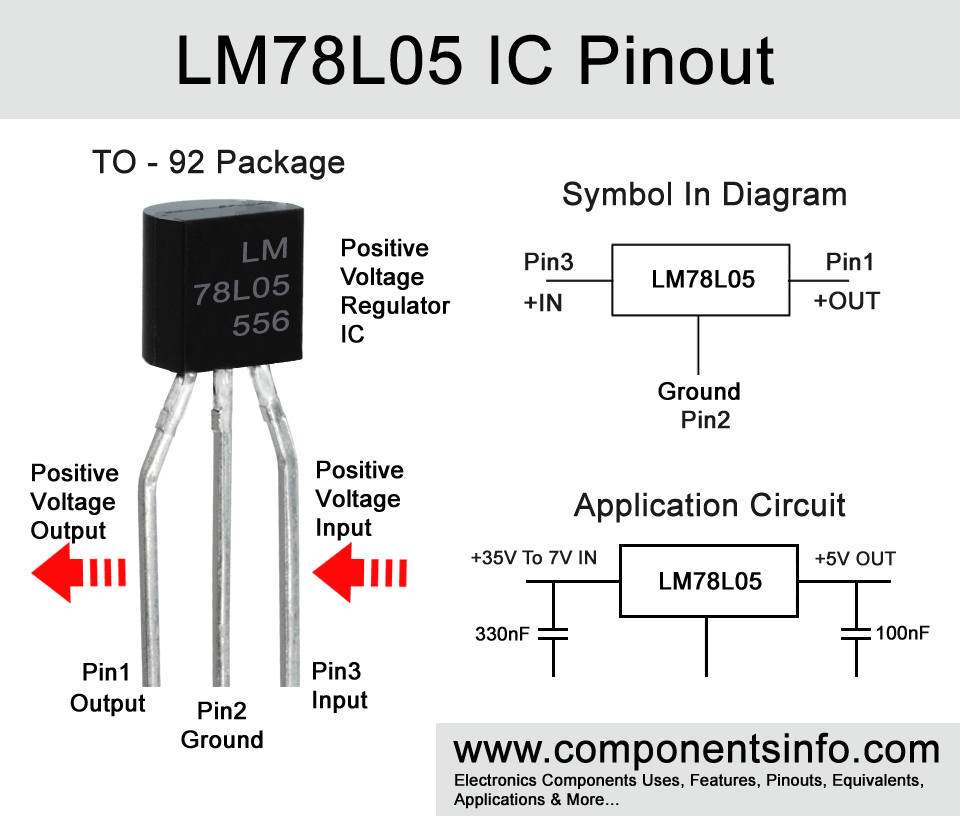Itsjackbove
New member
Hey guys! First build using a belton brick and I thought i had it covered 
I used some free wiring to give the finished product a look that I would aesthetically enjoy more than the classic 3-knob (no hate tho, just my preference) but idk if that’s the problem here. When I plugged it to test it out, it sounded nothing like a spirit box! It gave this really weird octave, sagged fuzz (sounds so cool) so maybe it’s a transistor problem?? I’ve built some pt2399 models before so I thought I’d give this a shot but I’m also relatively new to this. Any/all help is appreciated cuz I have no clue where to start looking for problems
I used some free wiring to give the finished product a look that I would aesthetically enjoy more than the classic 3-knob (no hate tho, just my preference) but idk if that’s the problem here. When I plugged it to test it out, it sounded nothing like a spirit box! It gave this really weird octave, sagged fuzz (sounds so cool) so maybe it’s a transistor problem?? I’ve built some pt2399 models before so I thought I’d give this a shot but I’m also relatively new to this. Any/all help is appreciated cuz I have no clue where to start looking for problems







